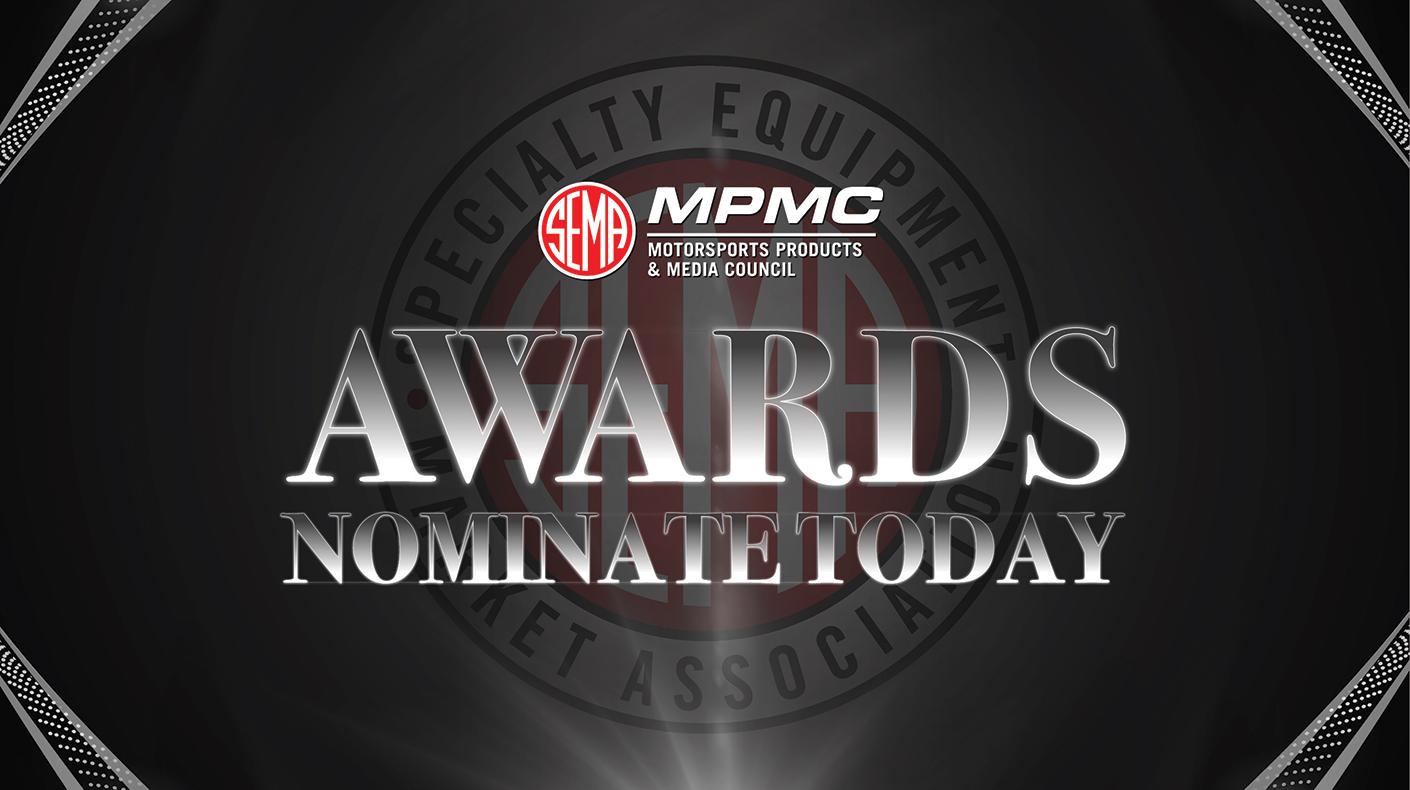The U.S. Environmental Protection Agency (EPA) proposed a tougher standard for ground-level ozone, the main ingredient in smog. Ozone forms when nitrogen oxide and volatile organic compound emissions from smokestacks, tailpipes and other sources combine in sunlight. Smog is created when particulates are added to the mix.
Acceptable ozone levels would range between 0.060 parts per million and 0.070 ppm. The current level is 0.075 ppm. The EPA contends the new standards are necessary to address heart and respiratory illnesses associated with smog. The agency estimates costs to implement the new standard could range from $19 billion to $90 billion, with manufacturers, oil refiners and utilities likely bearing most of the costs.
A number of counties across the nation would be in non-compliance with the new standard and forced to implement new strategies for reducing ozone. Controls could include requirements for additional pollution controls at gas stations, factories and power plants beginning in 2014.
The new standards could also spur state and local efforts to implement vehicle scrappage programs. SEMA is reviewing the proposal which is expected to be finalized this summer.
For additional information, contact Stuart Gosswein.





